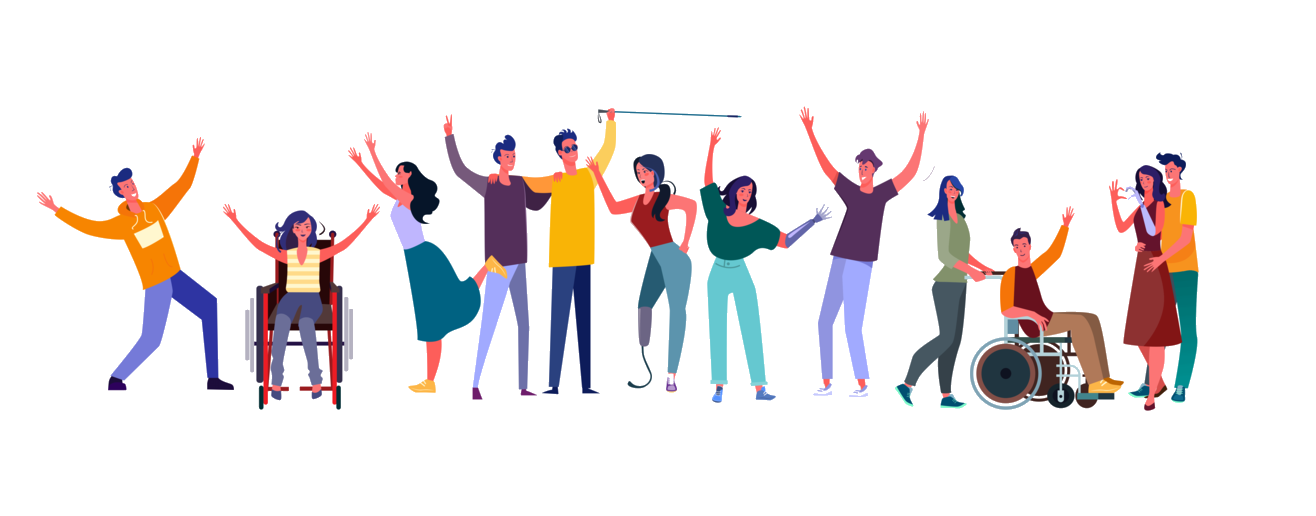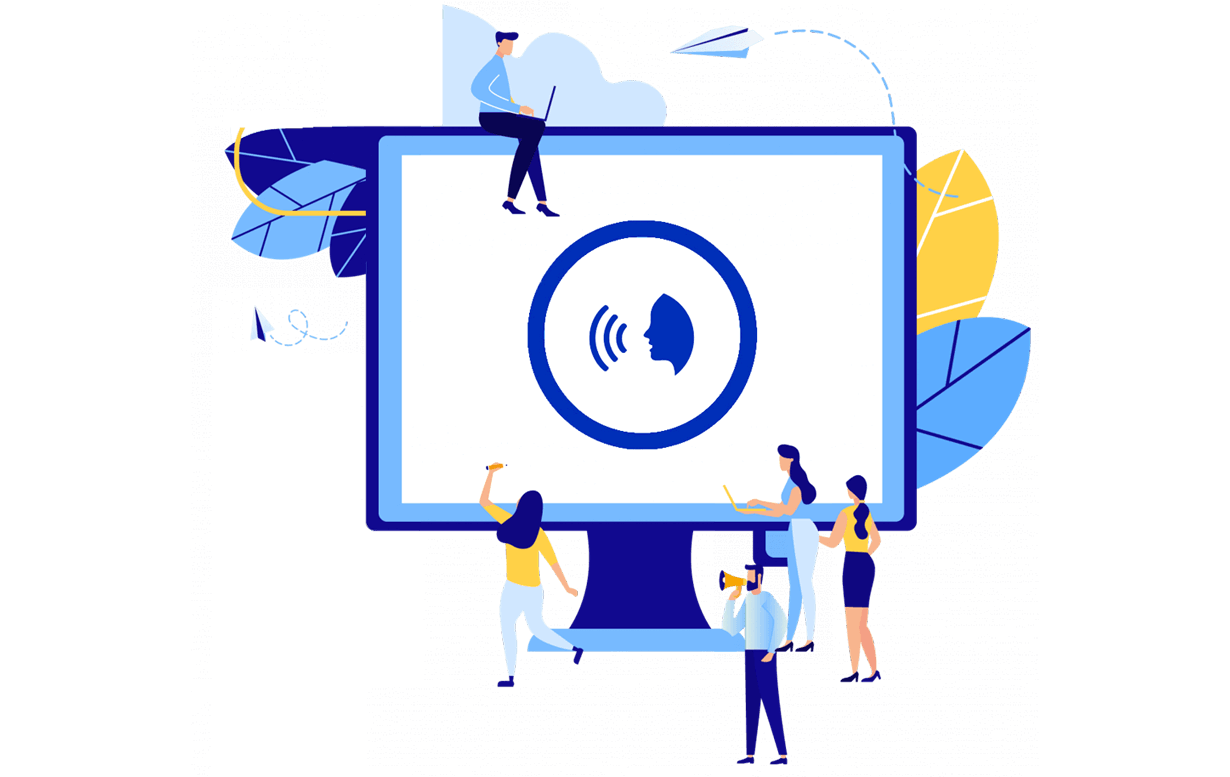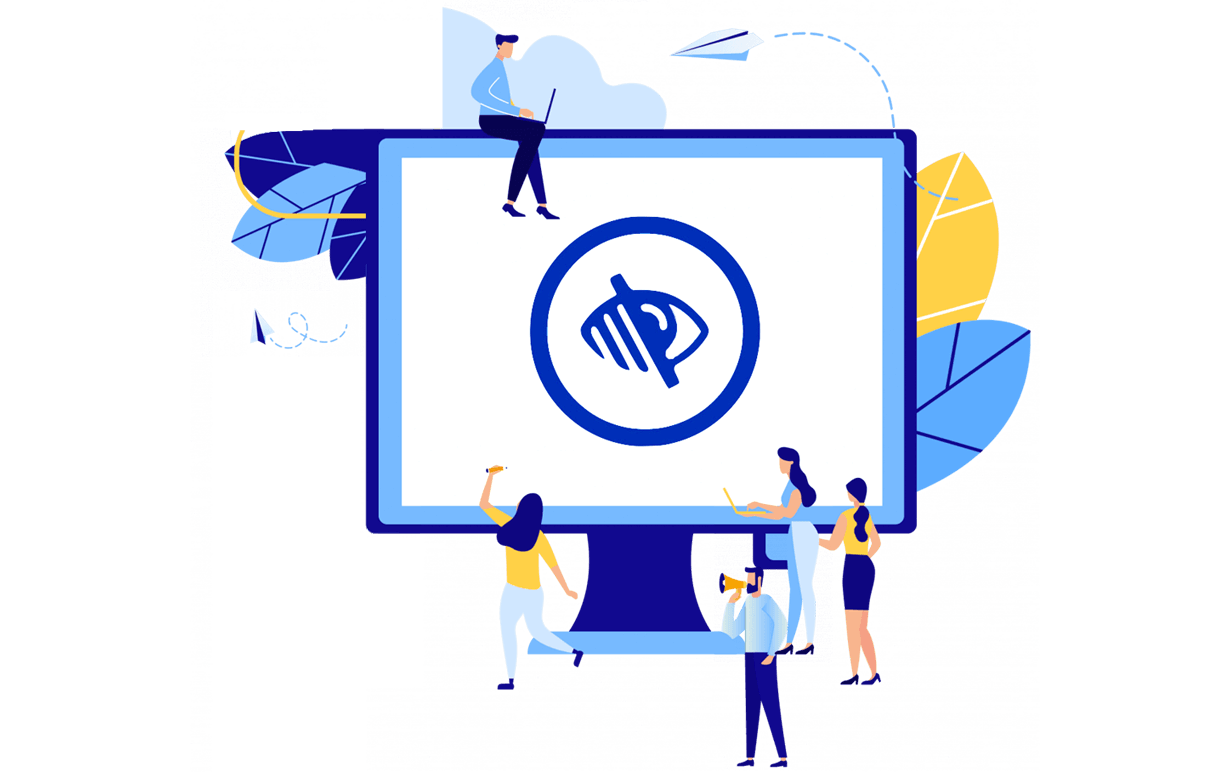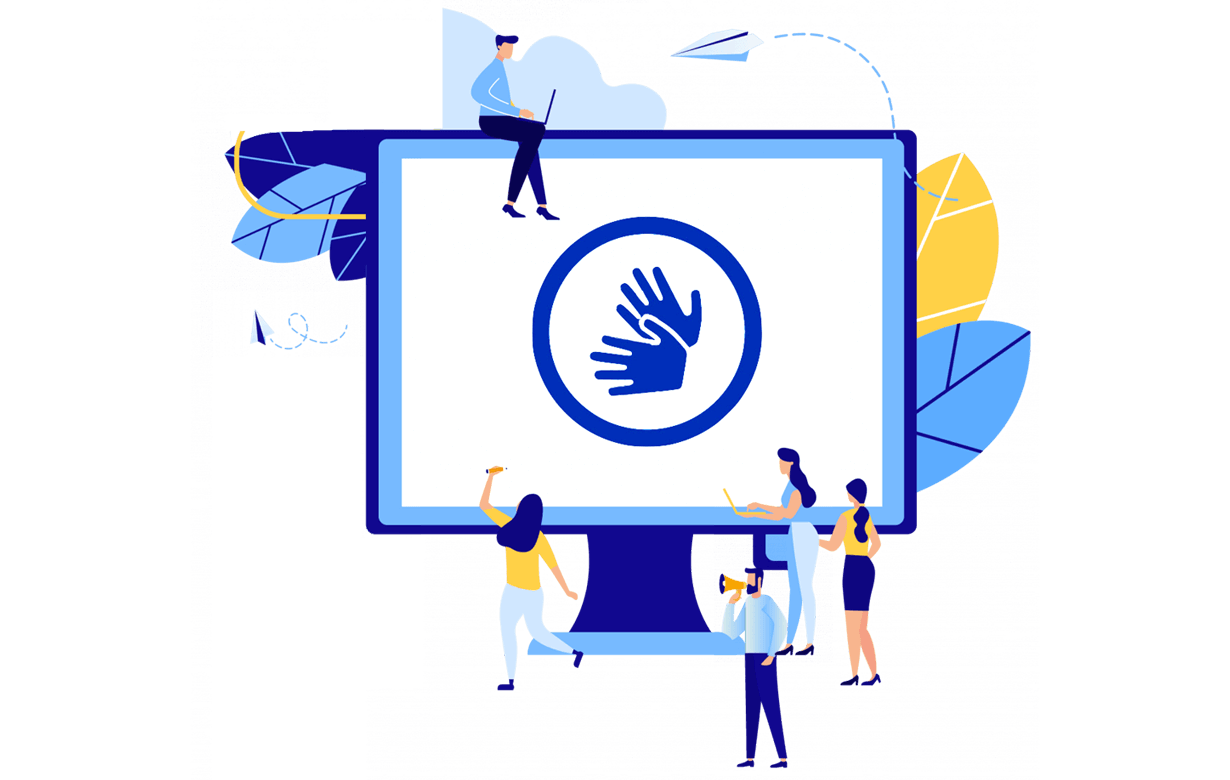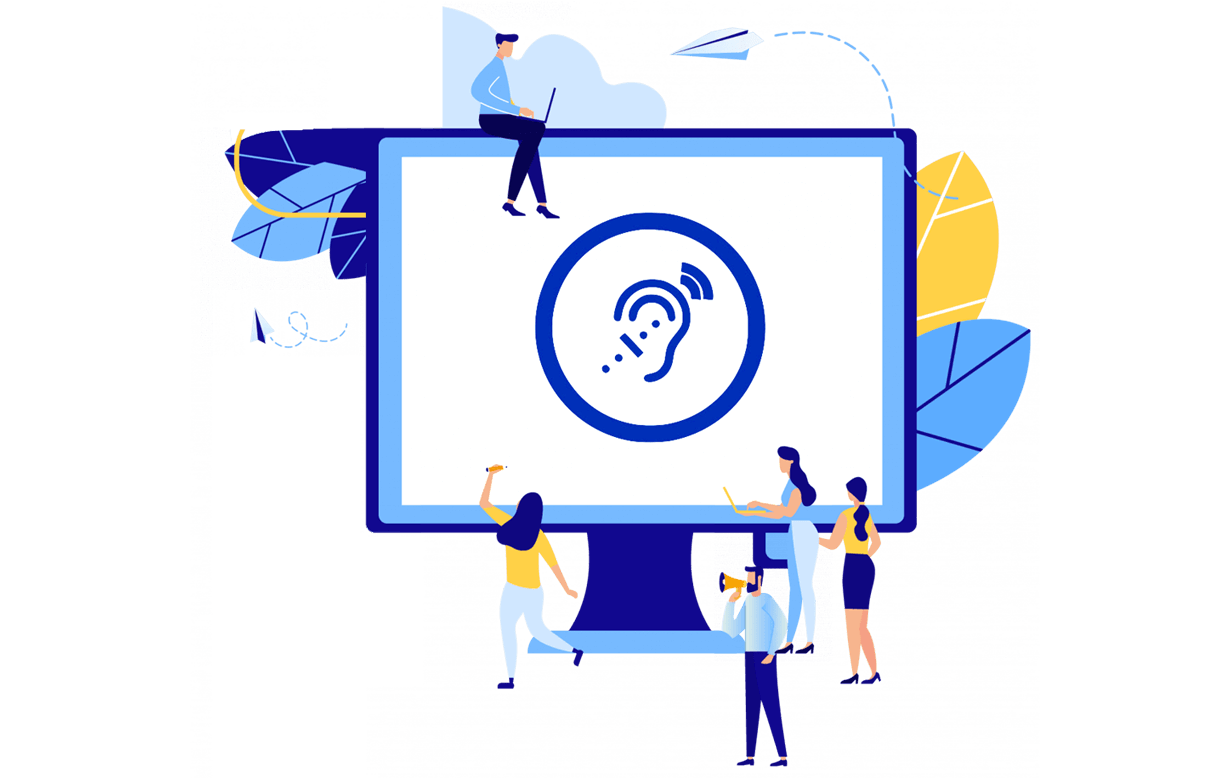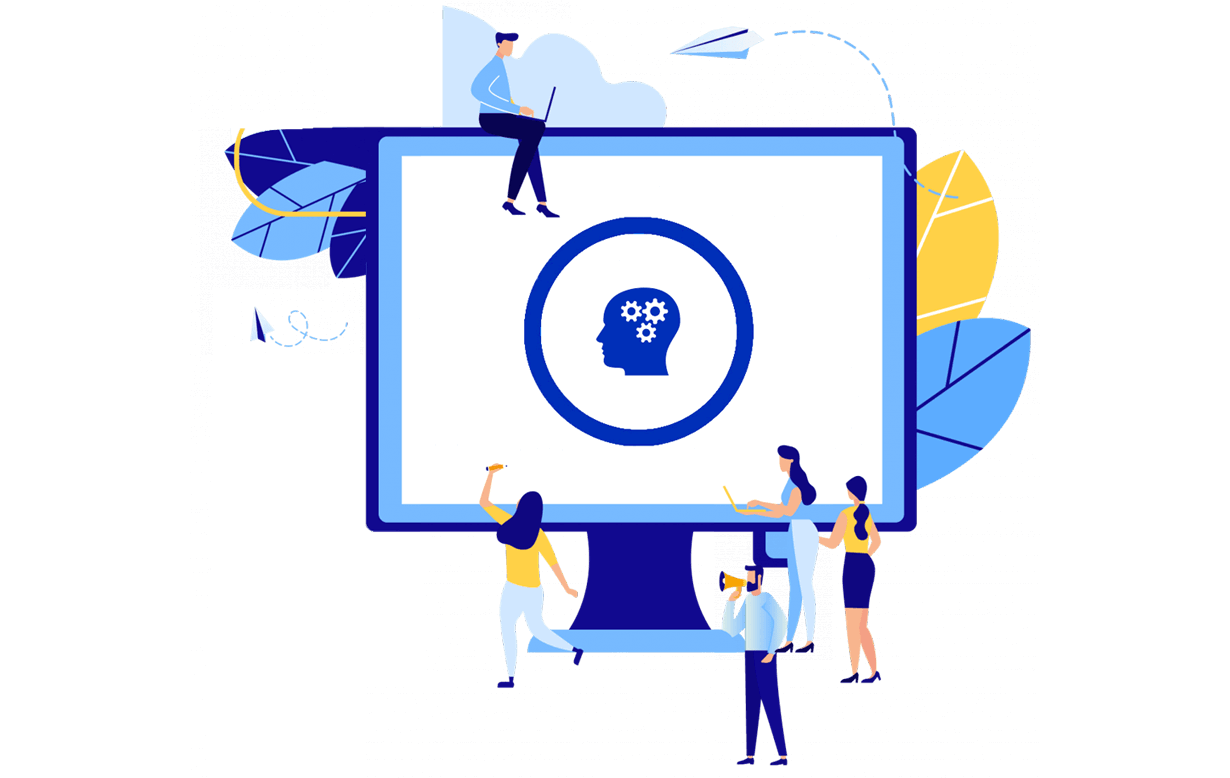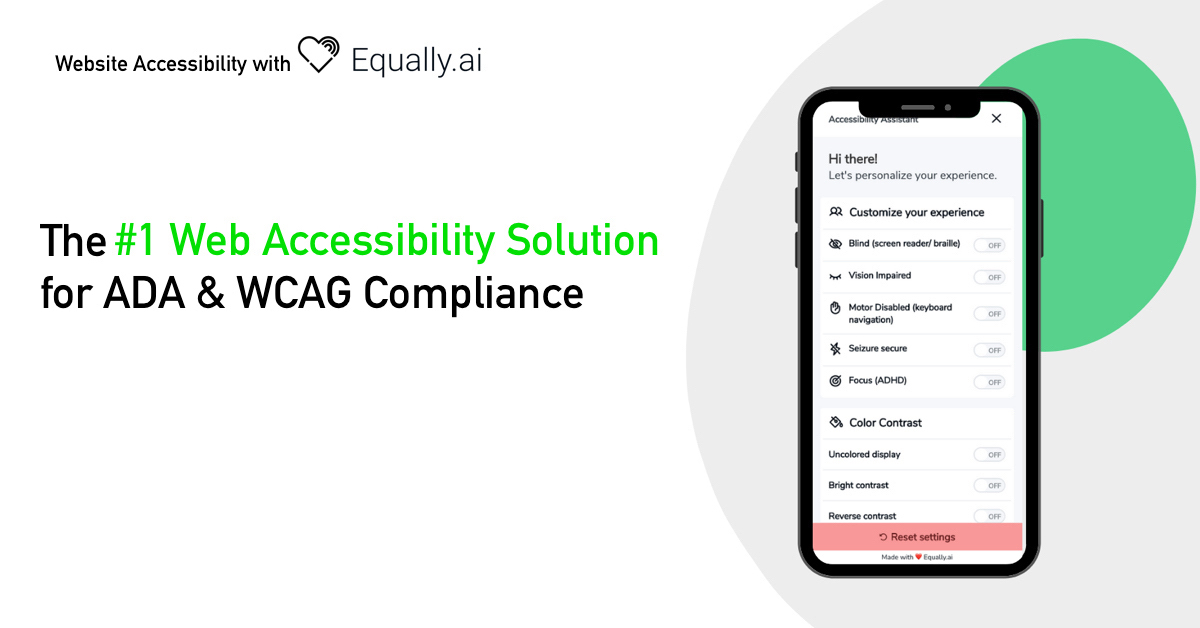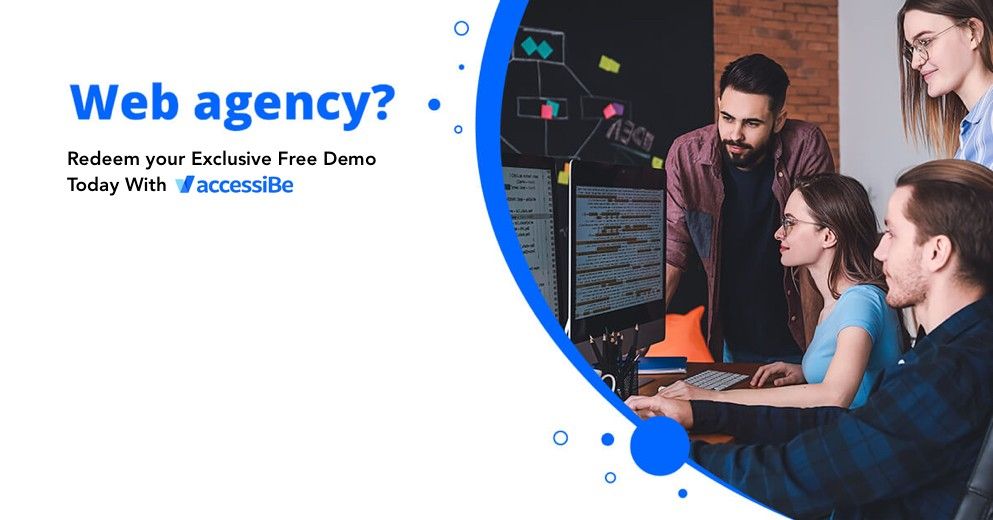Web accessibility is helping people with specific disabilities. Websites that are correctly designed, navigable and coded, may be used by everyone. You would think that all websites should be accessible to all already. Unfortunately, this is far from the truth. Evidently, we notice that almost all websites and digital tools are not entirely compliant with the governing laws of accessibility.
Still to this day, sites developed with accessibility barriers. Thus making it difficult to impossible for people with disabilities to use. Therefore international standards have been set, listing these barriers and ways to avoid them. With the many devices (mobile phones) the barrier to access the world wide web has decreased tremendously. But yet, the websites are sometimes even more challenging to access on mobile devices.
Barriers for people with disabilities
Since its creation, the internet intended for every human, regardless of language, location, kind of device, hardware, software, or capabilities. There is still a long way to go until the Web meets this goal, and it becomes accessible to people with a diverse range of vision, audio, mobility, speech, and cognitive capabilities. In Europe, there are 5 million people with specific disabilities and in the U.S. there are 61 million people living with a disability.
In the real world, people with disabilities experience difficulties, and any discrimination should be avoided, this includes the online world. The World Wide Web eliminates the obstacles which many people face in communication and interaction in the real world. Therefore the design of software, tools, and websites must provide accessibility. This eliminates any discomfort and lack of accessibility from people with disabilities using the Web. Luckily many user-friendly solutions offer support towards full web compliance. Besides, we have in place a universal design created for websites.
people. Most common web disabilities: audio, visual, speech, neurological, and cognitive.
- Visual: when images do not have an alternative text, people who are blind do not get this information. People who have difficulty seeing cannot read small font sizes.
- Audio: audio without transcript are not accessible to people with loss of hearing.
- Mobility: when clickable items are too small, people with a mobility disability cannot open or click on the item.
- Cognitive: difficult navigation, complex use of language or people with epilepsy cannot have flashing imagery.
The real world vs the online world
Accessibility to the Internet means the development of websites, tools, and technology to enable people with disabilities to use them. For example, barriers for people with specific disabilities are navigation, web perception, interaction, understanding, and options to contribute to the Internet.
The future of web accessibility
The keywords in all businesses nowadays are diversity, inclusion, and accessibility to people’s life choices and capabilities. The Internet is becoming an increasingly valuable resource for information. In both commercial and non-commercial areas of life; politics, education, healthcare, hospitality.
Equal opportunity, access to information, and communication technologies are fundamental human rights. Set by the United Nations, illustrated in the Rights of People with Disabilities.
